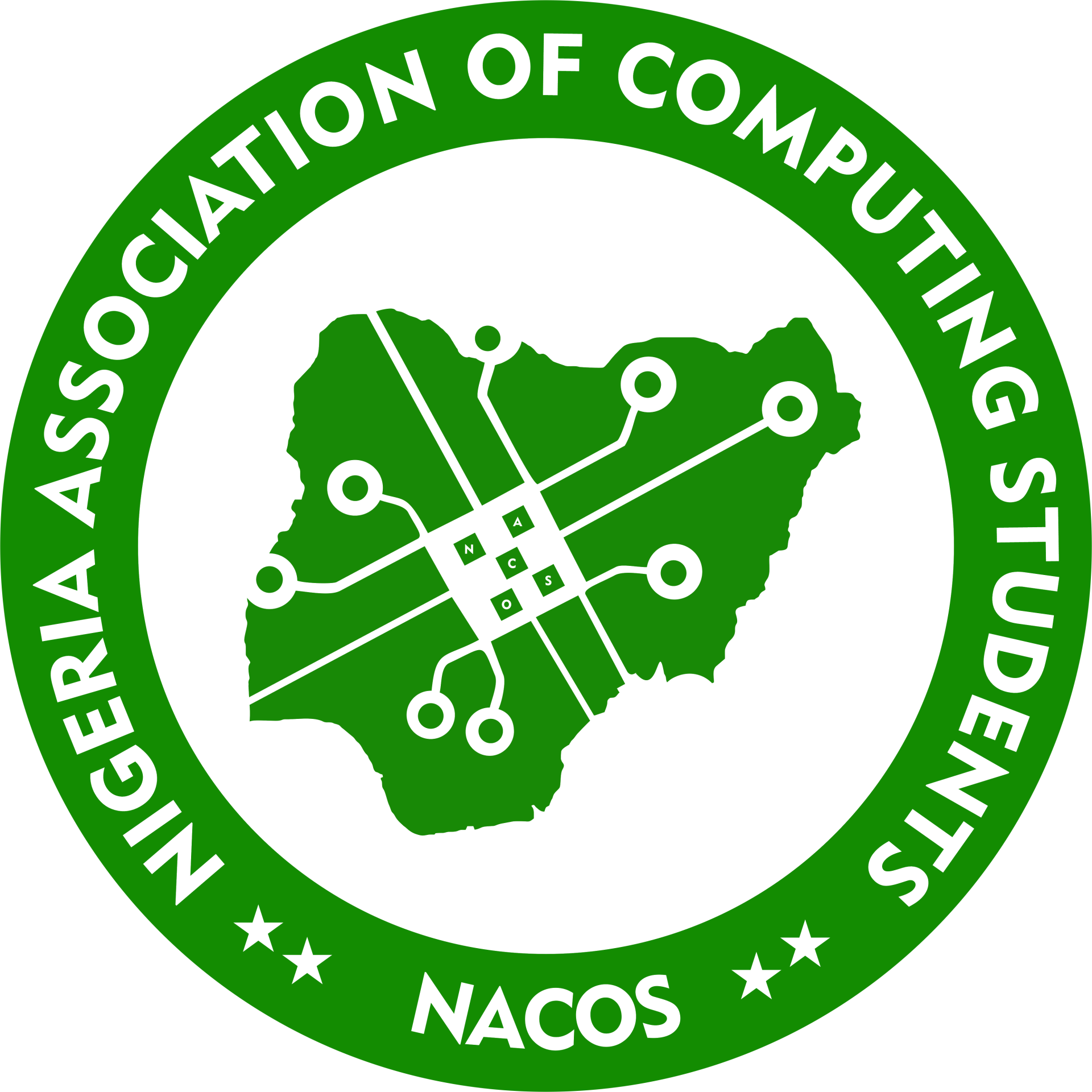According to some school thought, there are four domains of Artificial Intelligence. These domains are: Computer science, Natural language processing, Robotics, Cognitive science.
- Computer science is focused on computer hardware and software needed to produce supercomputers or intelligent computer systems for artificial intelligence applications.
Its applications include, parallel processing, neural networks and symbolic processing.
- Natural Language: This is concerned with the capability of a computer system being endowed with natural language intelligence, such that it can perform tasks related to natural language understanding, natural language generation, speech recognition and language translation.
- Robotics: this combines concepts and techniques from AI, electrical engineering, mechanical engineering and optical engineering. Their focus is on technology of building machines with computer intelligence and computer controlled Human-Physical capabilities.
The application areas under robotics includes: visual perception, locomotion, navigation,
- Cognitive science: is concerned with how human brains thinks and learns in order to apply such findings to the design of a computer system.
The application of cognitive science includes: expert systems, knowledge based systems, logic systems, fuzzy logic.
However, the domain of AI does overlap with each other.
In the study of AI, there are goals such as: knowledge, reasoning, problem solving, perception, learning, planning, ability to manipulate and move objects,
Branches & research fields in artificial intelligence:
- Game playing
- Natural language processing
- Expert systems
- Computer vision
- Robotics
- Machine learning
- Problem solving & inference
- Knowledge representation and utilisation.
- Speech processing
- Cognitive modelling
- Neural networks
- Logical AI
- Search
- Pattern recognitio bun
- Common sense reasoning
- Planning
- Genetic programming
- Heuristics
- Ontology
Problem Solving
In everyday life, there are problems and they need to be solved. These problems can be viewed through the spectrum, particularly from mathematical areas.
Problem solving can be described as a search, searching a problem state, which consists of various states of the problem
A problem is a collection of information that is used by an agent to make decisions
Toy problem and the real word problem.
The Toy problem is intended to illustrate the various problem solving methods to give concise description and it’s used by researchers.
Examples of Toy problem.
- Puzzles
But real world problems usually have a single agreed upon description. But a general flavour is the formulation.
Examples of real world problem includes
- Assembly sequence
- Robot navigation

SHARE YOUR THOUGHTS